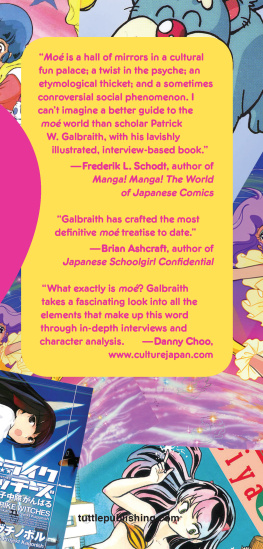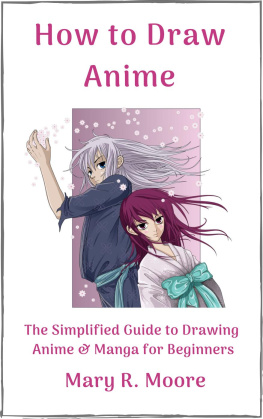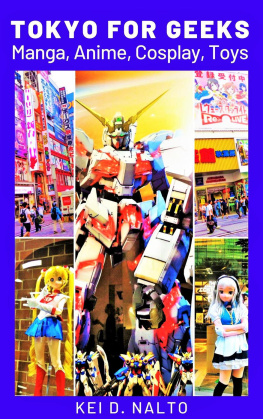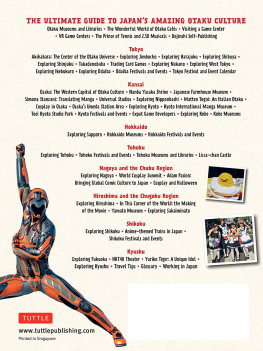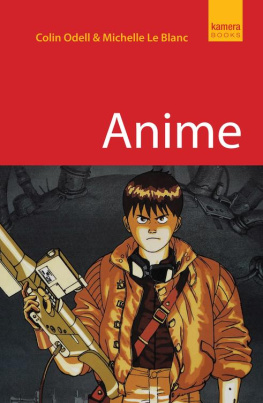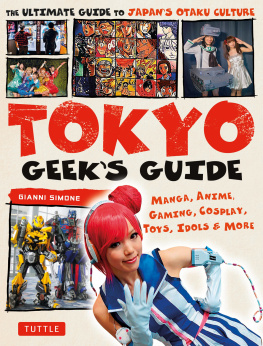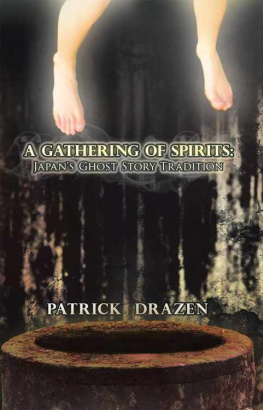Patrick W. Galbraith - The Moé Manifesto: An Insider’s Look at the Worlds of Manga, Anime, and Gaming
Here you can read online Patrick W. Galbraith - The Moé Manifesto: An Insider’s Look at the Worlds of Manga, Anime, and Gaming full text of the book (entire story) in english for free. Download pdf and epub, get meaning, cover and reviews about this ebook. year: 2014, publisher: Tuttle Publishing, genre: Art. Description of the work, (preface) as well as reviews are available. Best literature library LitArk.com created for fans of good reading and offers a wide selection of genres:
Romance novel
Science fiction
Adventure
Detective
Science
History
Home and family
Prose
Art
Politics
Computer
Non-fiction
Religion
Business
Children
Humor
Choose a favorite category and find really read worthwhile books. Enjoy immersion in the world of imagination, feel the emotions of the characters or learn something new for yourself, make an fascinating discovery.
- Book:The Moé Manifesto: An Insider’s Look at the Worlds of Manga, Anime, and Gaming
- Author:
- Publisher:Tuttle Publishing
- Genre:
- Year:2014
- Rating:4 / 5
- Favourites:Add to favourites
- Your mark:
The Moé Manifesto: An Insider’s Look at the Worlds of Manga, Anime, and Gaming: summary, description and annotation
We offer to read an annotation, description, summary or preface (depends on what the author of the book "The Moé Manifesto: An Insider’s Look at the Worlds of Manga, Anime, and Gaming" wrote himself). If you haven't found the necessary information about the book — write in the comments, we will try to find it.
MOE is a huge cultural phenomenon and one of the driving forces behind the enormous success of Japanese anime and manganot just in Japan now, but throughout the world.In Japan, avid fans of manga comics, anime films and videogames use the term MOE to refer to the strong sense of emotional attachment they feel for their favorite characters. These fans have a powerful desire to protect and nurture the young, beautiful and innocent characters they adorelike Sagisawa Moe in Dinosaur Planet and Tomoe Hotaru in Sailor Moon. They create their own websites, characters, stories, discussion groups, toys and games based around the original manga and anime roles. Author Patrick Galbraith is the worlds acknowledged expert on MOE and a journalist based in Tokyo. For this book, he interviewed twenty important figures in the world of Japanese manga and anime to gain their insights on the MOE phenomenon. These interviews provide us with the first in-depth survey of this subject. Galbraith uncovers how MOE is influencing an entire generation of manga artists and readers. For those new to anime, manga, and youth culture in Japan, he discusses what constitutes the ideal MOE relationship and why some fans are even determined to marry their fictional sweethearts. He reveals key moments in the development of MOE, and current and future trends in the spread of MOE works and characters from Japan to other parts of the world.The Moe Manifesto provides an insiders look at the earliest MOE characters such as Ayame by Tezuka Osamu. The book has over 100 illustrations of the most famous MOE characters, many in color, and it is sure to delight manga and anime fans of every age.
Patrick W. Galbraith: author's other books
Who wrote The Moé Manifesto: An Insider’s Look at the Worlds of Manga, Anime, and Gaming? Find out the surname, the name of the author of the book and a list of all author's works by series.

